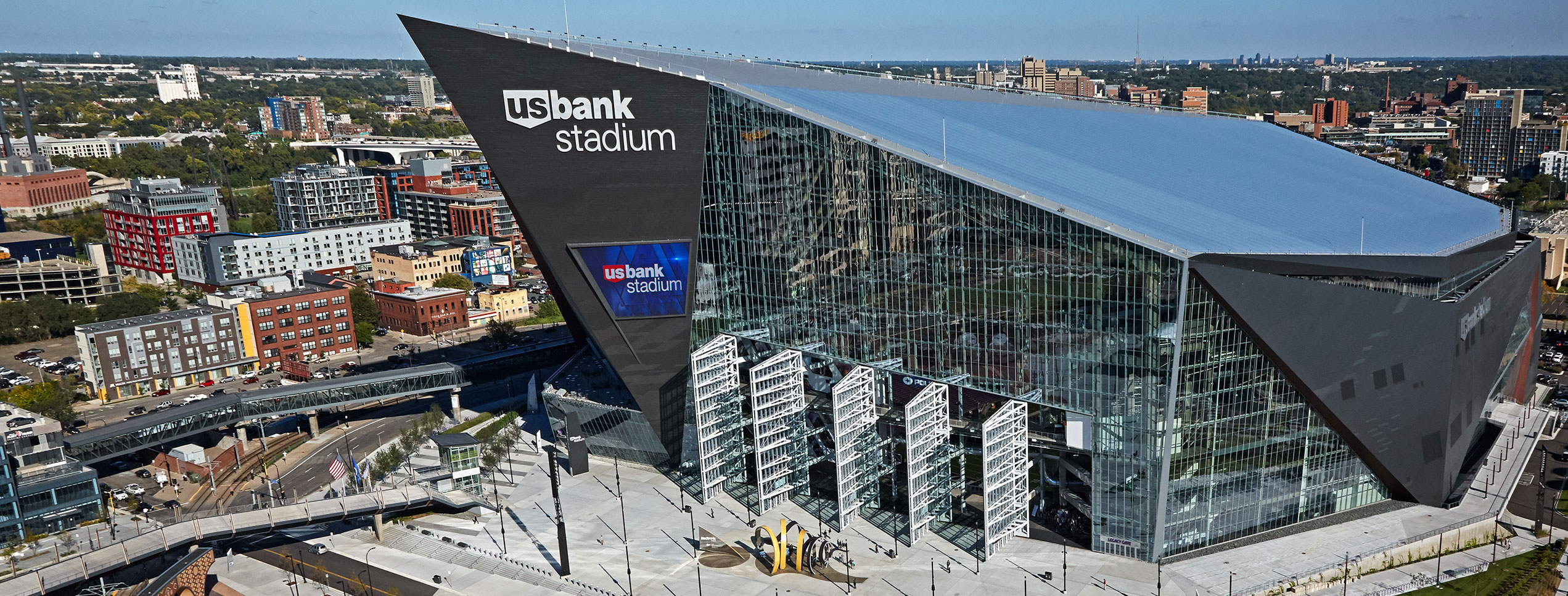
Minneapolis
Minneapolis, MN
Minneapolis, Minnesota may be one of the most underrated sports hubs in America. One of the “twin cities” along with St. Paul, the area is home to a team in the big four leagues of American sports and has a history of two wheel action as well. Between two stadiums, Minneapolis has protected racers from the elements in a pair of iconic and state of the art domes.
Fast Facts
Venues
The original host of Supercross in Minneapolis was the Hubert H. Humphrey Metrodome. The Metrodome was home to both the Minnesota Vikings and Twins as one of several multi-purpose stadiums at the time. It hosted its first Supercross race in 1994 and held the race until 2013, when the legendary building was torn down.
After a two year wait, the Metrodome’s successor opened prior to the 2016 NFL season. US Bank Stadium is a pristine, state of the art venue, costing over $1 billion to create. The stadium hosted its first Supercross during the 2017 season and is known for its translucent panels and roof, which gives fans a chance to view downtown Minneapolis while taking in racing action. Along with Supercross, US Bank Stadium has hosted prestigious events such as the Super Bowl, the NCAA Basketball Final Four, and the summer X Games in 2019.
This interactive table details the all-time leaders at Minneapolis. Who has the most starts, wins, podiums and points. Filter by class. On mobile, slide left to access more columns. To see all years of data, become a member of the We Went Fast Garage and help us continue (and expand) these unique views of the sport’s history.
All-Time Leaders
This interactive table details the Minneapolis winners history. Who won in what year and what round was this venue. Filter by class. On mobile, slide left to access more columns. To see all years of data, become a member of the We Went Fast Garage and help us continue (and expand) these unique views of the sport’s history.
